1. Breakfast is the most important meal of the day

The idea that breakfast is “the most important meal of the day” wasn’t handed down by doctors—it was popularized by food companies. In the late 19th and early 20th centuries, cereal makers like Kellogg’s and later General Foods pushed the concept to sell their products. It became such a widely accepted belief that it seeped into nutrition advice, school programs, and advertising. While breakfast can be healthy, the blanket claim owes more to marketing than science.
Plenty of research today suggests that the “most important” label is misleading. What matters more is what you eat over the course of the day, not necessarily when. Skipping breakfast isn’t inherently bad for you, despite what decades of ads implied. Still, the messaging worked—most Americans grew up believing that skipping breakfast was practically a sin.
2. You need eight glasses of water a day

You’ve probably heard that you need eight glasses of water a day, but this exact number isn’t grounded in science. It gained traction in the mid-20th century thanks to bottled water companies who saw an opportunity to sell hydration as a product. What gets left out is that much of your daily water intake comes from food and other beverages. The rigid “8×8 rule” (eight ounces, eight times a day) is more marketing simplification than medical consensus.
Modern nutritionists say your body is pretty good at signaling when you need water. Thirst is a reliable indicator, and hydration needs vary based on activity level and climate. Still, bottled water brands continue to lean on the “eight glasses” line because it encourages consumption. It’s a perfect example of marketing turning a vague suggestion into a hard rule.
3. Diamonds are forever

The idea that diamonds are a timeless symbol of love wasn’t cultural tradition—it was marketing genius. In the 1930s, De Beers launched a campaign that tied diamonds to romance and marriage, making the “diamond engagement ring” a must-have. Their slogan “A Diamond is Forever” cemented the association, and diamond sales soared. Before that, engagement rings existed but weren’t usually diamond-centered.
The belief that you should spend two or three months’ salary on a ring also came straight from advertising. De Beers created guidelines that pressured men into seeing diamonds as proof of commitment. In reality, the tradition is less than a century old but feels eternal because the messaging was so powerful. The success of the campaign made diamonds synonymous with “true love” worldwide.
4. Milk builds strong bones

For decades, milk has been sold as an essential for bone health, thanks to aggressive campaigns from the dairy industry. “Got Milk?” ads in the 1990s and earlier USDA-backed promotions linked calcium directly to strong bones. While calcium is important, it’s not exclusive to milk, and bone health depends on many other factors like vitamin D, exercise, and overall diet. The oversimplified message was great for dairy sales but not the whole truth.
Many cultures with low dairy consumption have strong bone health outcomes, showing milk isn’t the magic bullet. That said, the ads worked—milk became a daily staple in millions of American households. The image of athletes and celebrities with milk mustaches created a cultural moment. To this day, many people assume milk is the primary way to avoid brittle bones.
5. Shaving every day makes hair grow back thicker
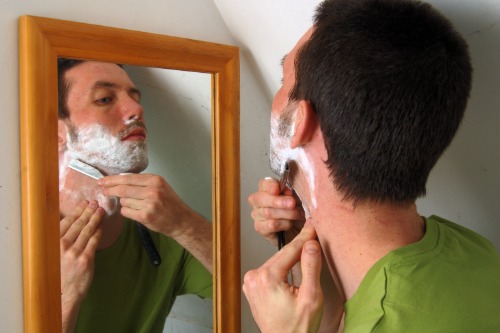
Lots of people believe shaving changes the thickness of hair, but that’s not true. The myth spread partly because razor companies wanted daily shaving to feel necessary. Ads from Gillette and others framed shaving as a masculine ritual, emphasizing smooth skin and suggesting that regular shaving was not just grooming but character-building. The idea that skipping shaves was sloppy or unprofessional reinforced the habit.
In reality, shaving just cuts hair at the surface, and it grows back with a blunt edge that only looks darker or thicker. That visual trick was enough to make the myth stick. Over time, millions of men felt pressured to shave daily, even when they didn’t need to. It’s a perfect mix of pseudo-science and lifestyle branding.
6. Carrots improve your eyesight

The connection between carrots and eyesight isn’t just nutritional—it’s a World War II propaganda success. The British government spread the idea that their pilots had excellent night vision because they ate carrots, when in reality they were using new radar technology. The story caught on, partly because it was easy to believe and because it encouraged people to eat more homegrown vegetables during food shortages. Soon, carrots were linked to vision in the public imagination.
Carrots do contain vitamin A, which is important for eye health, but eating more than the necessary amount doesn’t supercharge your vision. Still, the message was amplified by later marketing campaigns that leaned into the “see in the dark” myth. Parents repeated it to kids, and it became part of cultural folklore. Even today, people often think of carrots as a vision booster beyond their real benefits.
7. Thin equals healthy
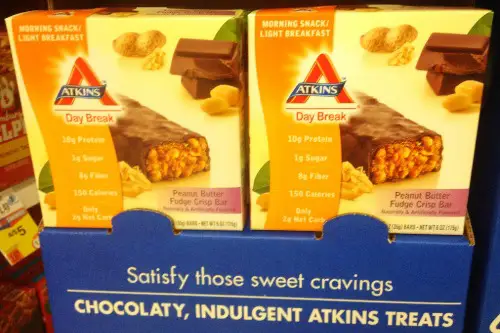
The belief that being thin automatically means being healthy has been reinforced by decades of advertising. Weight-loss companies, diet pill manufacturers, and fitness brands benefited from framing thinness as the ultimate health goal. Ads leaned heavily on before-and-after images and slogans that equated thin bodies with energy, beauty, and longevity. This left little room for nuance about body diversity or other measures of wellness.
Modern science shows that health is more complex, involving cardiovascular fitness, muscle mass, nutrition, and mental well-being. Still, the cultural impact of “thin equals healthy” lingers. The marketing pressure helped fuel fad diets and industries worth billions. It’s only recently that more people are challenging the oversimplified equation.
8. Toothpaste needs fluoride foam to work
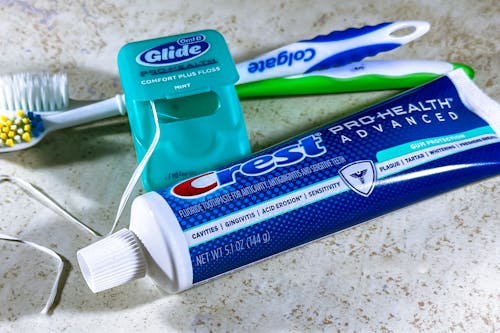
The belief that toothpaste needs to foam up to be effective is rooted in marketing, not dentistry. Companies added foaming agents because the sensation made people feel like their teeth were being cleaned more thoroughly. Fluoride was a legitimate dental innovation, but the connection between bubbly foam and effectiveness was mostly advertising. The result is that many people judge toothpaste by how it feels rather than what’s in it.
In reality, the foaming has little to do with cavity prevention or oral health. The fluoride content and brushing technique are what matter most. But because ads leaned heavily on foamy visuals, generations of Americans came to expect it. To this day, a toothpaste that doesn’t foam much feels “wrong,” even if it works just as well.
9. Sunscreen is only for the beach
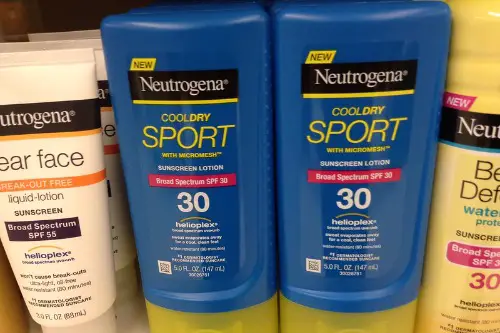
For years, sunscreen was marketed almost exclusively as a beach product. Ads showed families applying it before swimming, which made people think of it as a situational product, not daily protection. Companies leaned into the idea of avoiding sunburn on vacation, rather than preventing long-term damage. This narrowed perception made sunscreen feel optional.
Dermatologists have since emphasized that UV rays cause skin damage year-round, even indoors through windows. But the beach-focused marketing was so effective that many people still skip daily use. Cosmetic companies are now rebranding sunscreen as a beauty essential to undo the old message. It’s a case where marketing both caused and later had to solve a problem.
10. You need protein at every meal
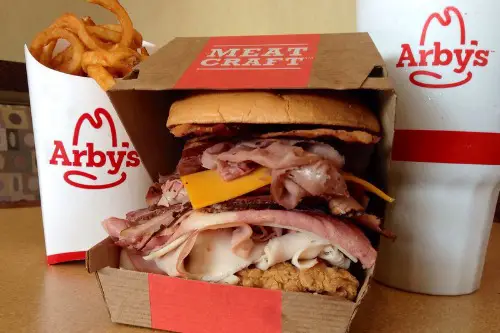
The push for protein at every meal wasn’t entirely based on nutritional science. Food companies, especially in the mid-20th century, framed protein as the essential building block of strength and energy. Meat and dairy industries leaned heavily on the message, creating ads that suggested meals without protein were incomplete. The result was that protein-rich foods became synonymous with vitality and success.
The truth is that most Americans already get more protein than they need, often without even trying. Daily totals matter more than distribution at every meal. Still, the marketing worked—it elevated steak, eggs, and milk into “power foods.” The protein obsession is so deep that even snacks and drinks are now fortified and sold as protein-packed.
11. Sugar gives kids a “rush”

Parents have long believed sugar sends kids into hyperactive overdrive, but research hasn’t backed it up. The myth gained momentum when candy and soda brands leaned into the energy angle, framing sugar as fuel. Ads made sweets look like a quick way to boost mood, excitement, and playfulness. Over time, parents observed kids being rowdy at parties and connected it to the cake instead of the context.
Scientific studies have consistently found no strong link between sugar and hyperactivity. The spike in energy is usually social excitement, not chemistry. Still, the myth persists, in part because marketing amplified the idea that sugar equals “fun.” Even now, sugar-heavy snacks are advertised with images of kids bouncing around.
12. Multivitamins are essential for everyone
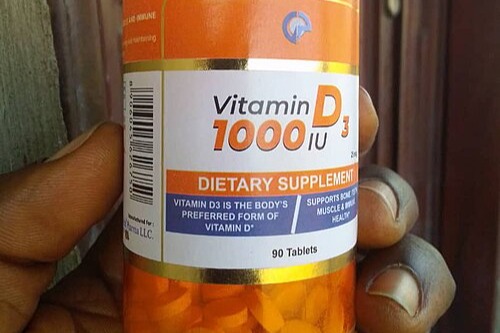
The belief that everyone needs a daily multivitamin was shaped by heavy marketing from supplement companies. Ads in the mid-20th century positioned vitamins as a safety net, suggesting that without them, you were almost certainly deficient. The “insurance policy” metaphor worked, making people feel responsible for taking them. Soon, daily vitamin pills became as normal as brushing teeth.
In reality, most healthy people with balanced diets don’t need multivitamins. Supplements can help in cases of deficiency or specific conditions, but they’re not universally necessary. Still, billions are spent on them each year because the message of “better safe than sorry” is powerful. It’s another example of marketing turning a maybe into a must.
This post 12 Beliefs Americans Hold That Were Invented by Marketing Departments was first published on American Charm.


